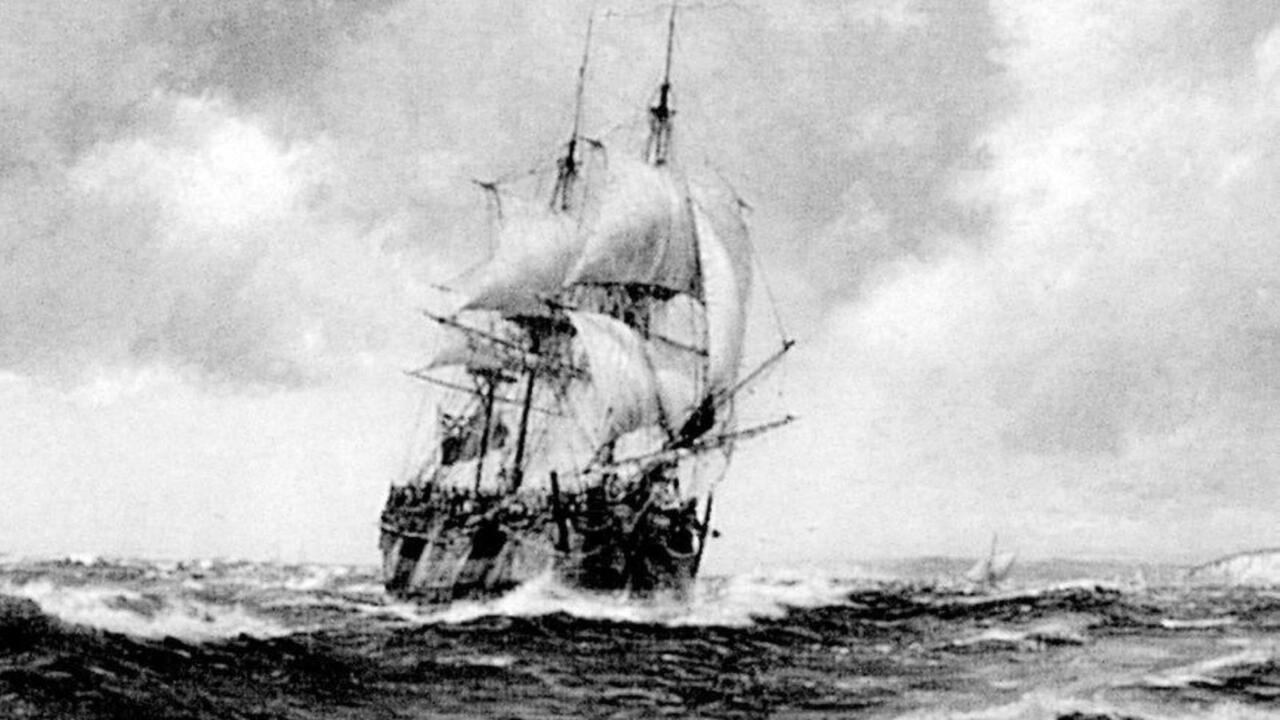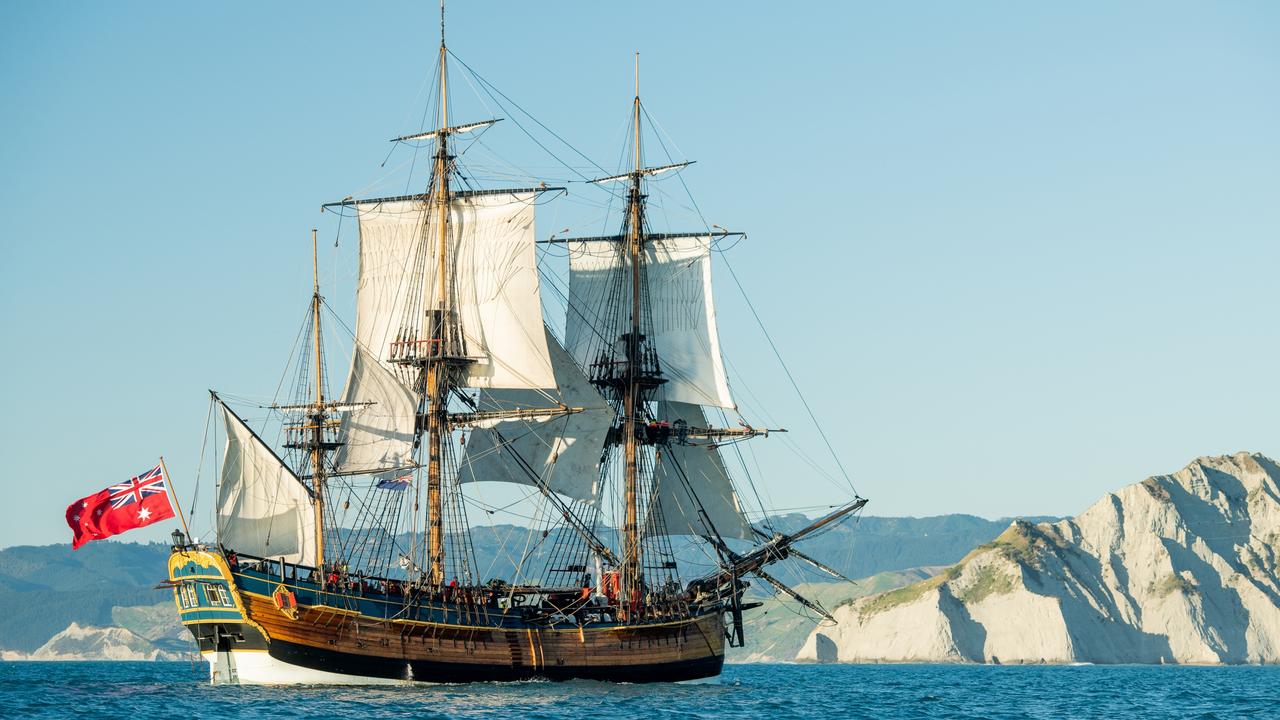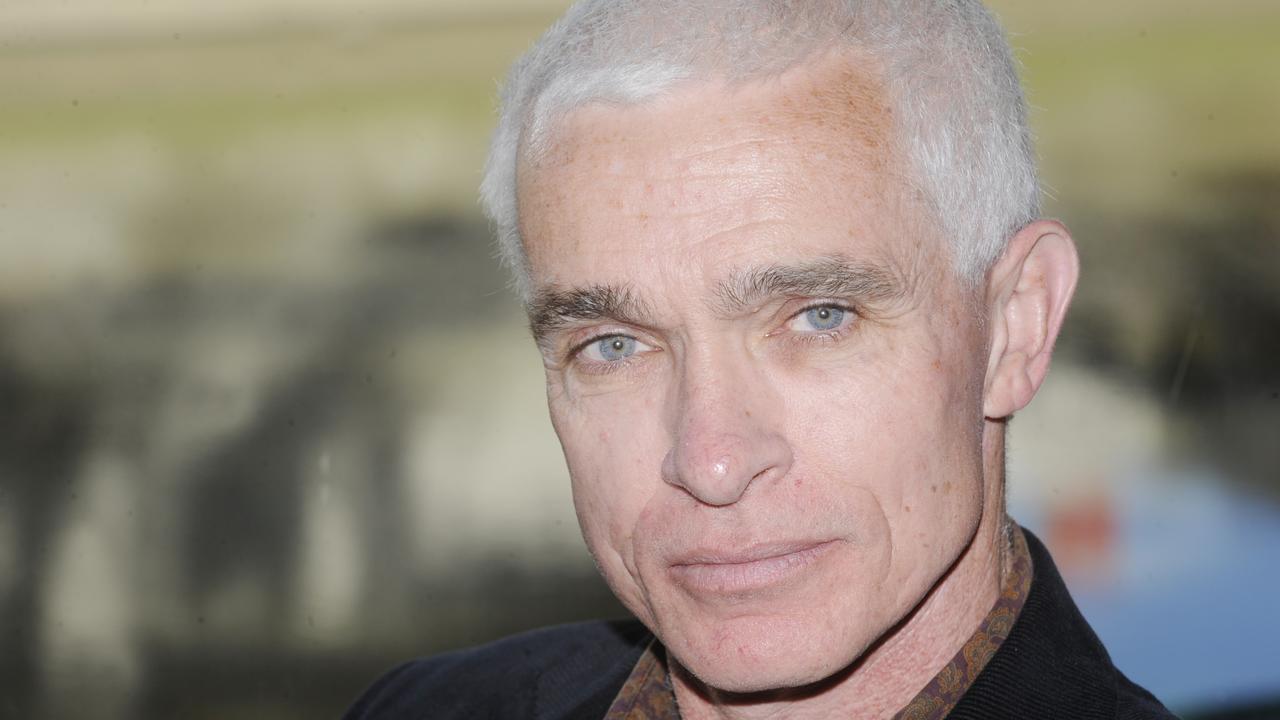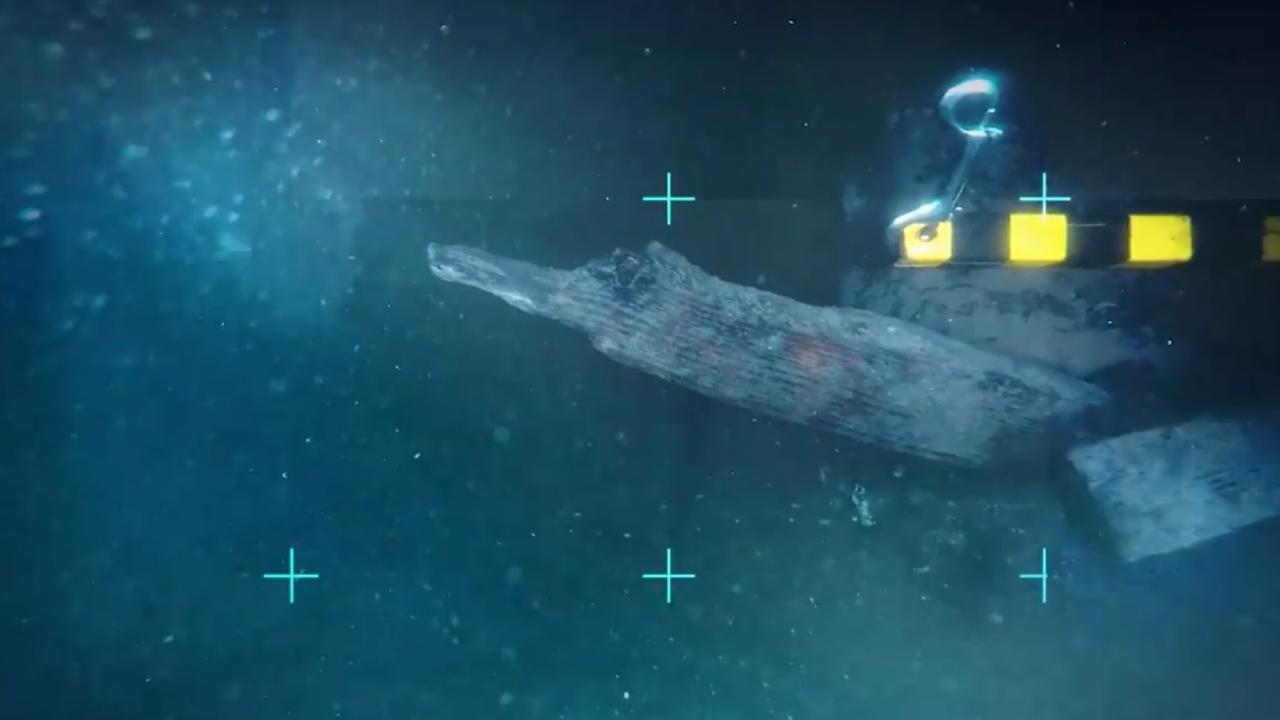Items that would confirm final resting place of Captain Cook’s ship HMS Endeavour
There’s fierce debate over whether there’s enough evidence to prove what happened to Captain Cook’s ship – but some crucial items could be decisive.

The debate about whether Captain Cook’s ship HMB Endeavour was in fact scuttled near Rhode Island in the United States continues to rage but certain pieces of evidence could decide the argument.
Australian National Maritime Museum manager of maritime archaeology Kieran Hosty acknowledged the reluctance of the Rhode Island Marine Archaeology Project (RIMAP) to declare site RI 2394 as the shipwreck of the Endeavour, could be related to the lack of primary evidence.
“They are looking for a primary artefact that directly links it back to James Cook or prisoners of war who were housed on the vessel,” Mr Hosty told news.com.au.
“There is a valid point there but the chance of finding such an artefact is remote and almost impossible.”
Mr Hosty said the ship was badly degraded and had been affected by the passage of time, and by harbour activities including anchoring, dredging and cable laying.
Bricks found at the wreck were all standard mid-18th century clay bricks with no pattern or maker’s marks on them.
He acknowledged that some of the evidence the maritime museum was using to justify its conclusion could be contested, for example, that other English ships may also have had an elm keel but said “we’re not just basing the evidence on one feature”.
“We are basing our evidence on multiple features and using multiple features we have discounted the other contenders,” he said.
Evidence of prisoners or exotic wood could help
The website of the RIMAP noted the difficulties with some of the evidence available. After Australia’s maritime museum announced its findings, director of the project Dr Kathy Abbass released a statement calling the claim “premature”.
RIMAP noted that certain artefacts could provide better evidence of the ship being Endeavour, including items to show the presence of certain prisoners kept on board the ship in 1777, some of whom were quite prominent in Newport at the time.

Researchers are also looking out for scraps of exotic wood or other material indigenous to Australia and the South Pacific such as pollen or micro fauna that could have found their way into the crevices of the vessel. RIMAP said it had been sampling apparently undisturbed areas of silt to try and find this.
However, it also noted other vessels may also have sailed to exotic locations and these types of materials could also have been transferred to them.
Endeavour was not considered an impressive ship
The lack of identifying artefacts may be due to the type of ship Endeavour was and how it ended up on the bottom of the ocean.
Flinders University maritime archaeologist Dr John McCarthy said the type of items that could dispel uncertainty about its location would include finding a bell with the name of the ship on it, or other items with the ship’s monogram such as plates or cutlery.
Unfortunately this type of evidence may never be found as Dr McCarthy said it was common for people to remove any valuables from ships before they were scuttled.
It’s thought HMB Endeavour, which was renamed Lord Sandwich, was one of 13 ships deliberately sunk in Newport Harbour in 1778 to serve as a blockade and prevent French ships from entering during the American War of Independence.
“When a ship is sunk they take everything valuable and a bell would have been considered valuable even just for the metal, especially during wartime,” Dr McCarthy told news.com.au.
Even if the ship was fully excavated, these types of items might never be found.
He said monogrammed items were also less common on less significant ships and the Endeavour was not considered a fantastically impressive ship.
“It was an everyday type of ship, it was strongly built but despite its involvement in exploration it wouldn’t have been considered to be a very important ship,” he said.

“Even if it was fully excavated maybe there would be nothing there to identify it and maybe this is why the museum has decided to say there is enough evidence and made the call.”
Dr McCarthy said only about 15 per cent of the ship had survived so most of the structure was gone.
“Much of the upper part is gone, with only the keel and the lower parts there and there just wouldn’t be much identifying evidence,” he said.
“Lots of similar ships were sunk in the same area at the same time.”
Excavation would also be very expensive and difficult because of low visibility in the water.
‘We’ve performed hundreds of dives’
Mr Hosty said he had been on hundreds of dives at the site since 1999.
“The person leading the project (Dr Abbass) doesn’t dive … she’s reliant upon people telling her what’s on the sea floor and we are the ones providing her with the information.”
He said the maritime museum had used probing and metal detector surveys to investigate other sites to ensure RI 2394 was the largest site.
“Other researchers have not seen the sites … we’ve seen the site, we’ve worked on it for 22 years and we know what it contains,” he said.
“We believe there is enough primary and archaeological evidence.
“We are pretty confident to say that we have found the site.”
Mr Hosty said they had been sharing data with RIMAP for 21 years and the museum had also been contributing financially to the project.

“We’ve paid for conservation advice, employing their conservator and providing additional archaeological support when we’ve been unable to go to America because of Covid, and chartering their vessels for them.”
Mr Hosty said the only contract between the two organisations was for financial support and the most recent contract had expired in November last year.
A report of the museum’s research and conclusions was sent to Dr Abbass about a week ago.
“She is welcome to go through the report and lay out why she doesn’t think we’ve found the site,” Mr Hosty said.
“We’ve laid our cards on the table and we are open to dialogue about why she thinks we got it wrong.”
Mr Hosty also added the Australian Government recognised the fact the sites were owned by the Rhode Island Government and had no intention of putting a claim in to salvage the wreck.
“We are only interested in knowing the facts of the site and what the site can tell us about the past,” he said.
The museum’s evidence
The Australian National Maritime Museum suggests there are several key identifiers that set Endeavour apart from 12 other ships sunk in Newport in August, 1778.
1. Historical evidence indicates that the Lord Sandwich (formerly Endeavour) was scuttled just to the north of Goat Island in Newport Harbor along with four other British transports
2. Lord Sandwich was the largest by far of the five scuttled transports in that area
3. Archaeological evidence indicates the site of RI 2394 is significantly larger than any of the other 18th century shipwreck sites
4. The length of the surviving hull is almost exactly the same as that recorded for Endeavour
5. The structural details and shape of the remains closely match historic plans of Endeavour
5. There are specific diagnostic clues such as the construction of the keel along the bottom of the wreck, the joinery used in its bow at the front and the placement of the vessel’s fore and main mast, which are identical to those shown on 18th century plans of Endeavour
7. Timber samples strongly suggest a vessel built in Europe, not America.

Uncertainties that cast doubt on the find
On RIMAP’s website it agrees documentary evidence suggests the Endeavour was one of five ships scuttled together.
It found that two sites could be good candidates based on observed or predicted keel lengths, with one site RI 2394 identified as the most likely to be the Lord Sandwich (the Endeavour).
If the Lord Sandwich was the largest in the group of five ships scuttled in that area, this site is likely to be its resting place but if there was a ship of a similar size then it’s more difficult to be sure.
Documentary evidence suggests three ships were smaller than Lord Sandwich and they can be eliminated. But some of the ships in the area had the same name and there is confusion whether Peggy is the smaller one of the same name, or the larger one.
If it is the smaller one, it can be eliminated too but if it is the larger one, then it would be about the same size of Lord Sandwich.
This means there could actually be two sites of similar size.
One site appears to be the largest but a second site is close in size and has been earmarked for future study.
RIMAP is also cautious that the largest site visible now may not be the largest site that is hidden beneath the silt. Further investigation, including excavation, will be needed to determine which is truly the largest vessel.
It also warns that it is difficult to distinguish oak grown in North America from that grown in Britain. The presence of an elm keel may be evidence of the Lord Sandwich but only if it is the only ship in the fleet with an elm keel.
This is difficult to establish conclusively because there are fewer details about the other ships in the fleet.






